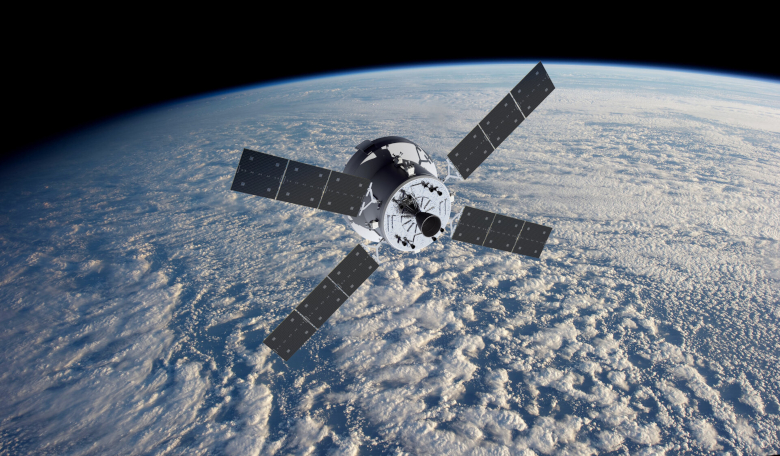ESA signed a further contract with Airbus for the construction of three more European Service Modules for Orion, NASA’s spacecraft that will fly astronauts to the Moon and lunar Gateway as part of the Artemis programme.
With these European Service Modules – in addition to three already in production – ESA is ensuring NASA’s Artemis programme continues to develop a sustainable presence on and around the Moon in international partnership. The three modules will be integrated in Bremen, Germany, with components and hardware built and supplied by companies from 10 countries in Europe.
The European Service Module will be used to fly astronauts to the Moon. As the powerhouse for the Orion spacecraft it provides propulsion and the consumables astronauts need to stay alive.
David Parker, ESA’s director of Human and Robotic Exploration, said: “This contract doubles Europe’s commitment to delivering the vital hardware to send humankind to the Moon on Orion. Together with the elements we are building for the lunar Gateway we are guaranteeing seats for ESA astronauts to explore our Solar System as well as securing employment and technological know-how for Europe.”
“Europe has entered a new decade of exploration,” said Andreas Hammer, Head of Space Exploration at Airbus, “Building six Orion European Service Modules is a venture like no other. Airbus has some of the world’s best minds in space exploration working on this phenomenal vehicle and this new agreement will facilitate many future Moon missions through international partnerships. Europe is a strong and reliable partner in NASA’s Artemis missions and the Orion European Service Module represents a crucial contribution to this.”
European Service Modules are cylinders measuring 4 m in diameter and height. They have four solar arrays spanning 19 m across when unfurled that generate enough energy to power two households. The service module’s 8.6 tonnes of fuel can power one main engine and 32 smaller thrusters. It also provides the crew with the central elements of life support such as water and oxygen, and regulates thermal control while attached to the crew module.
Artemis I, the first non-crewed Orion test flight with a European Service Module is being fuelled at NASA’s Kennedy Space Center in Florida, USA, in preparation for its flight later this year. The next mission, Artemis II, will see the first astronauts fly around the Moon and back to Earth, its European Service Module is finalising integration in Bremen. With Artemis III, NASA will land the first woman and next man on the Moon.
The modules announced this week will be used for the Artemis IV to VI missions. The first two of these three Modules in the contract are the European contribution to the international lunar Gateway.











